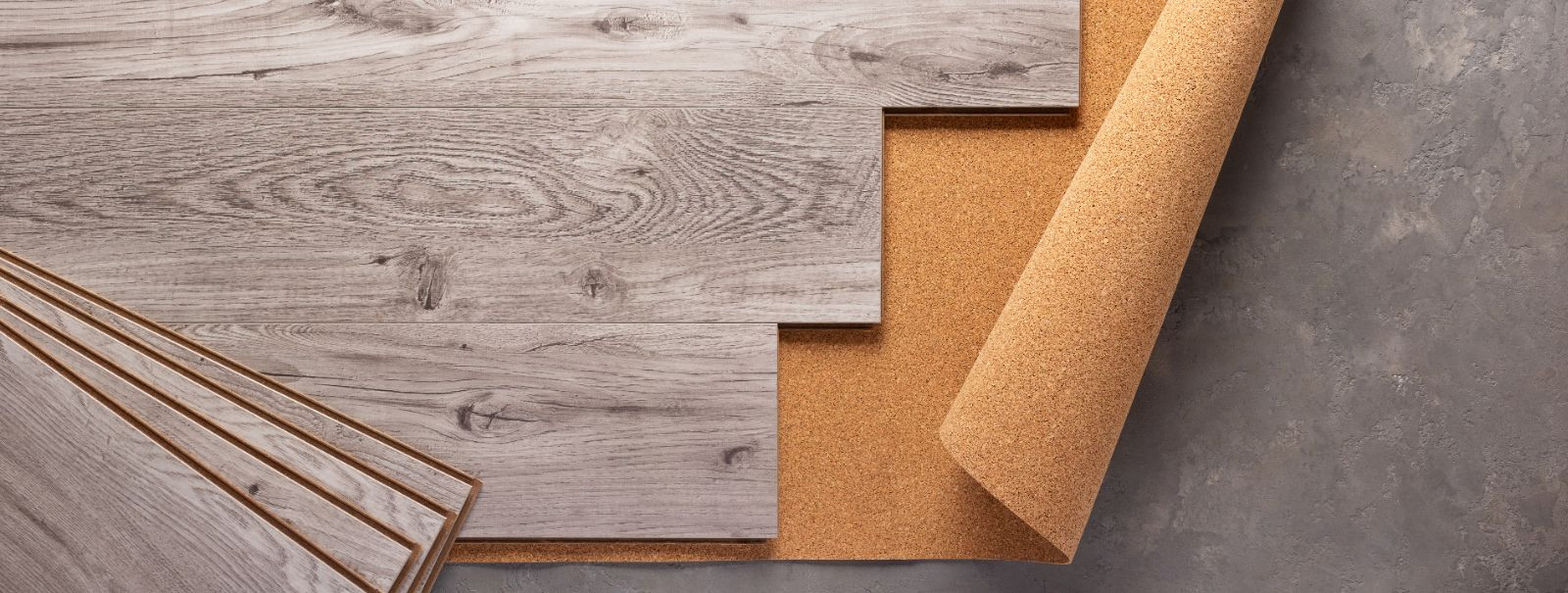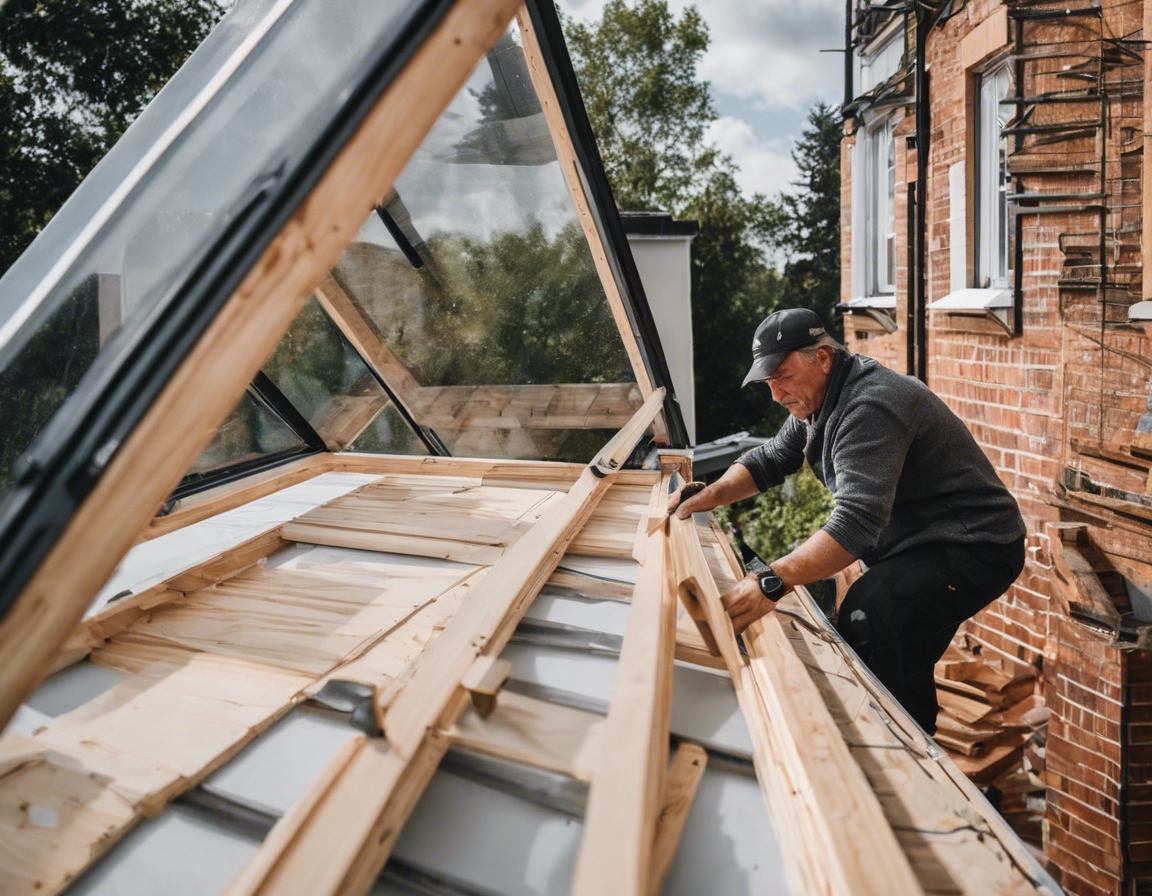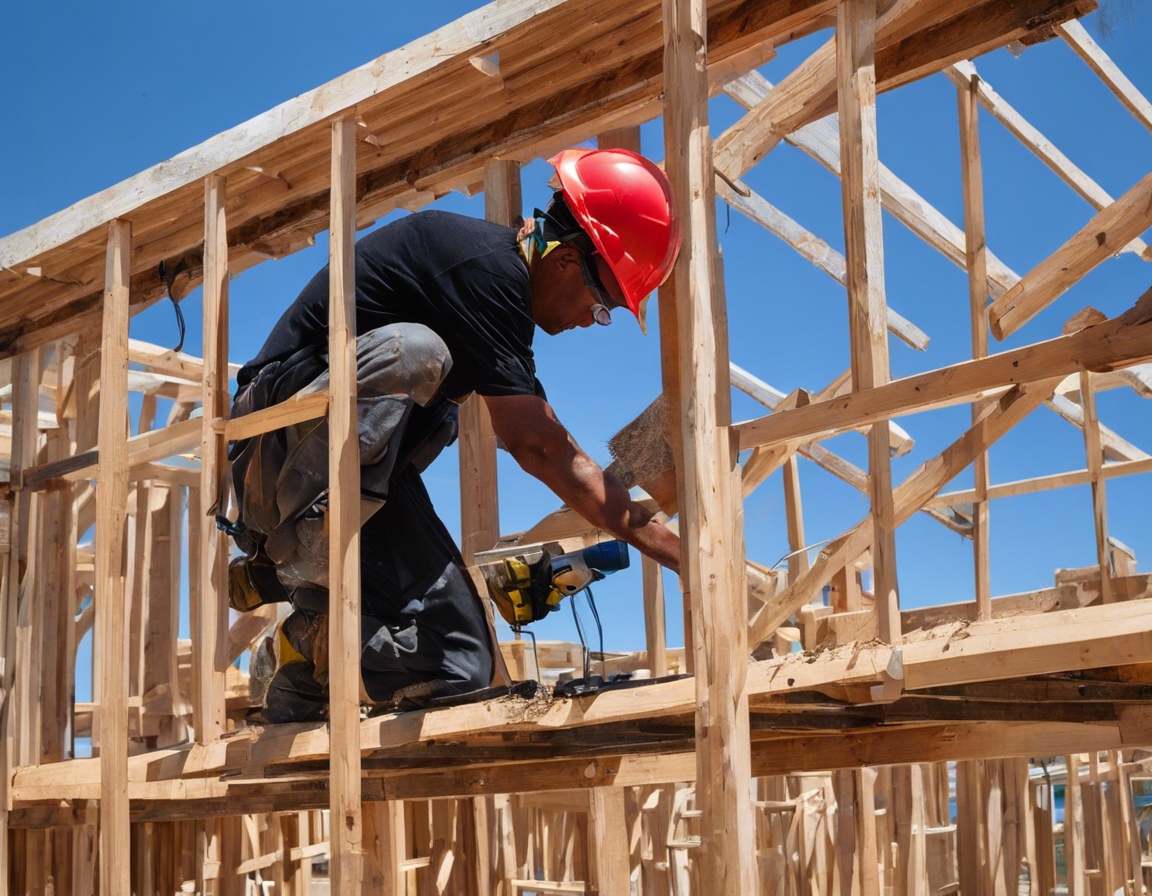The ultimate guide to choosing the right flooring for your home
Choosing the right flooring for your home is a critical decision that affects both the aesthetics and functionality of your living space. The floor is the foundation of any room and sets the tone for the style and comfort of your home. It's also a significant financial investment, so making the right choice is essential for satisfaction and long-term value.
When selecting flooring, homeowners should consider durability, maintenance, comfort, aesthetics, cost, and the room's purpose. Each type of flooring offers different benefits and challenges, and the right choice will depend on your specific needs and lifestyle.
Types of Flooring Materials
Hardwood flooring is a timeless choice that adds warmth and character to any room. It's durable and can be refinished multiple times to restore its original luster. However, hardwood is susceptible to moisture and scratches, so it may not be the best choice for every room.
Laminate flooring is a cost-effective alternative to hardwood that offers a similar look with less maintenance. It's scratch-resistant and works well in high-traffic areas, but it can't be refinished like hardwood.
Vinyl flooring is versatile and water-resistant, making it suitable for bathrooms and kitchens. It's also comfortable underfoot and comes in a variety of styles and patterns.
Tile flooring is a popular choice for its durability and water resistance. It's ideal for bathrooms and kitchens and comes in a range of materials, including ceramic, porcelain, and natural stone.
Carpet provides warmth and comfort, making it a great choice for bedrooms and living areas. It also offers noise reduction and comes in countless colors and textures. However, it requires regular cleaning and isn't suitable for high-moisture areas.
Concrete flooring is a modern option that's incredibly durable and offers a unique industrial look. It's low-maintenance and can be stained or polished to achieve different finishes.
Bamboo flooring is an eco-friendly choice that's similar to hardwood in durability and appearance. It's sustainable and offers a distinct look, but it may be prone to scratches and moisture damage.
Cork flooring is another sustainable option that provides excellent insulation and comfort. It's naturally antimicrobial and cushioning, making it gentle on the joints. However, it can be damaged by sharp objects and heavy furniture.
Room-by-Room Flooring Considerations
The living room is a high-traffic area where comfort and aesthetics are key. Hardwood, laminate, or carpet are popular choices, each offering different benefits in terms of style and feel.
The kitchen requires durable, easy-to-clean flooring that can handle spills and stains. Vinyl, tile, and laminate are excellent choices that offer both practicality and style.
In the bathroom, water resistance is crucial. Tile and vinyl are preferred for their ability to withstand moisture and easy maintenance.
Comfort is paramount in the bedroom, making carpet and hardwood popular choices for their warmth and coziness.
Basements need flooring that can handle potential moisture issues. Vinyl, tile, and engineered wood are good options that can resist dampness and provide a solid foundation.
Understanding Durability and Maintenance
The longevity of your flooring depends on the material's resistance to wear and tear. Hardwood and tile are among the most durable options, while carpet and laminate may show signs of wear sooner.
Maintenance is an important consideration when choosing flooring. Some materials, like tile and vinyl, are low-maintenance, while others, like carpet and hardwood, require more care to keep them looking their best.
Esthetic and Functional Aspects
Flooring comes in a vast array of colors and patterns, allowing you to customize the look of your home. Consider the room's size, natural light, and overall design theme when selecting your flooring's color and pattern.
The texture of your flooring can add to the comfort and ambiance of a room. Soft carpets or textured tiles can provide a tactile experience that enhances the room's comfort level.
Environmental Considerations and Sustainability
For those concerned about the environment, there are several sustainable flooring options available, such as bamboo, cork, and reclaimed hardwood. These choices can help reduce your home's environmental footprint while still providing style and durability.
Some flooring materials can affect indoor air quality. Look for low-VOC (volatile organic compounds) options to ensure a healthier living environment.
Installation and Cost Implications
While some homeowners may opt for DIY installation to save costs, professional installation ensures a high-quality finish and can prevent costly mistakes. Consider the complexity of the installation and your own skills before deciding on DIY.
The cost of flooring can vary widely based on the material, installation, and overall quality. It's important to balance your budget with your long-term satisfaction and the value added to your home.






Comments (0)